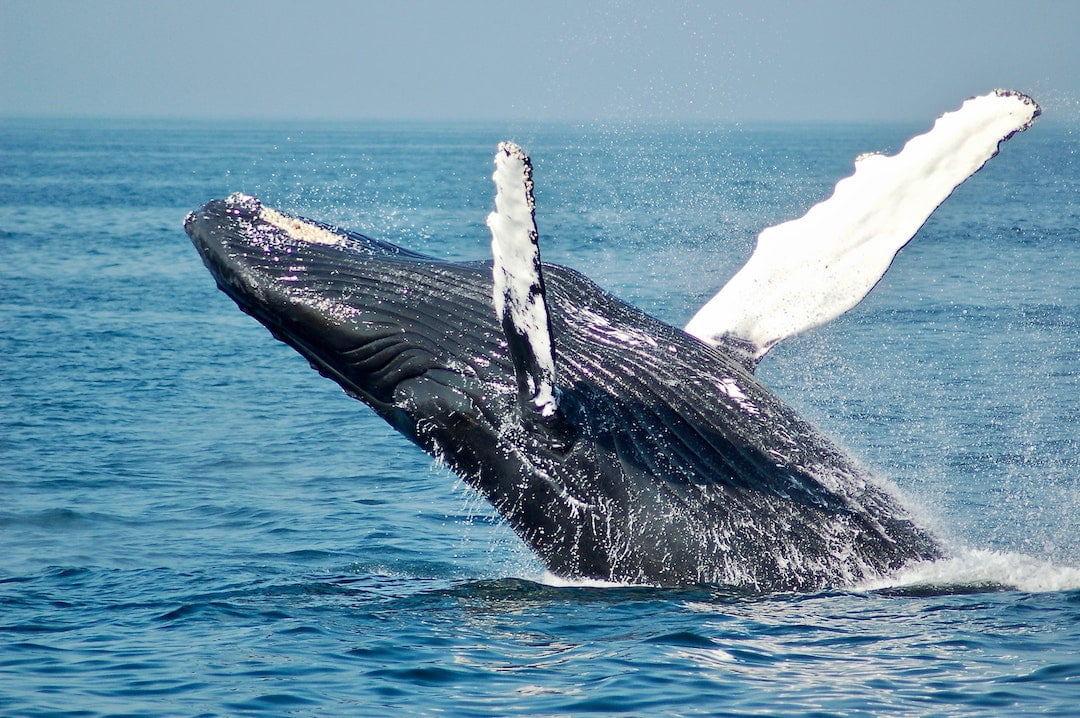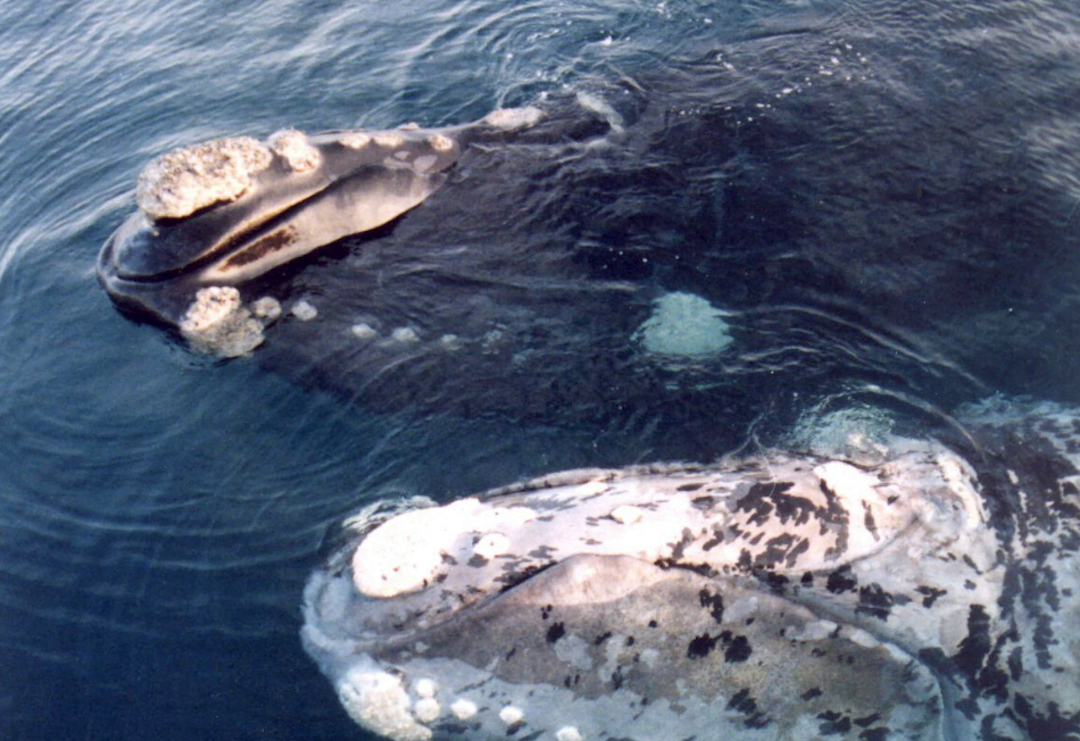Scientists have noticed a change in the behavior of some whales, and it is raising questions.
According to a study from Macquarie University, Southern Right Whales are adapting their migrating patterns, spending less time in the Antarctic Ocean and more time in the Pacific Ocean.
The research was conducted through skin samples of whale populations, and can tell us about environmental changes in the southern oceans, as well as how whales are adapting to continued climate change.

Wonderful whales
The Southern Right Whale is distinct from other breeds of whales, due to its size and lack of dorsal fin.
Typically, it stays in the Antarctic Ocean during Winter, and migrates to warmer waters near Australia and Africa during Summer.
Due to its low swimming speed and tendency to rest in bays to mate and give birth, the Southern Right Whale was a victim of intense whaling during the 1800s, bringing the species close to extinction. In fact, it is called the ‘right whale’ because it was the right whale to catch for fishermen hoping for meat and high oil content. Whaling only came to an end in Australia in 1978, and whale numbers have been slowly increasing since then.

Rolling with the research
Research from the study was published in the Proceedings of the National Academy of Sciences magazine earlier this year. According to Robert Harcourt, Honorary Professor of Marine Ecology at Macquarie University, “the results suggest that climate change has driven prevent shifts in the distribution of Southern Right Whales.”
The scientists undertaking the study analysed carbon and nitrogen isotopes in 1002 skin samples collected between 1994 and 2020. The samples were taken by shooting a retractable dart at the whales, collecting a small patch of skin. Depending on the Southern Right Whale’s location, the isotopes on the skin are different, giving scientists an understanding of their location and migrating patterns.
According to Robert, “despite their large size, whales can be very hard to track.”
“Using this technique, we have been able to piece together a map of where the Southern Right Whales have traveled across the Southern Ocean.”

Implications and interpretations
Interestingly, the results revealed that Southern Right Whales, particularly from the Atlantic and Indian Oceans, have been traveling into Antarctic waters less often. However, in the southwest Pacific, whale populations are still migrating south.
There could be a number of factors contributing to this, including access to food. Southern Right Whales mostly eat krill, so depending on the number of krill in the ocean basin, migration may be impacted. However, other factors include climate change and water temperatures.
“The study has shown the critical importance of understanding how wide-ranging animals are adapting their movements as climate change fundamentally alters ocean structures and where they may find their prey,” says Robert.
“It also shows that climate change isn’t having the same effect everywhere and knowing this could help prioritise areas where conservation efforts should be focused.”
“Ongoing research, including satellite tracking of individual animals from the major populations along with continued tissue collection, will further refine our understanding of important ocean regions for these magnificent ocean giants.”
The study has exposed the continued impact of climate change on different ecosystems and the creatures within them. With continued monitoring, scientists are hoping to learn more about the impact this is having on the whales, and what we can do to help.
To learn about other endangered animals, click here.

